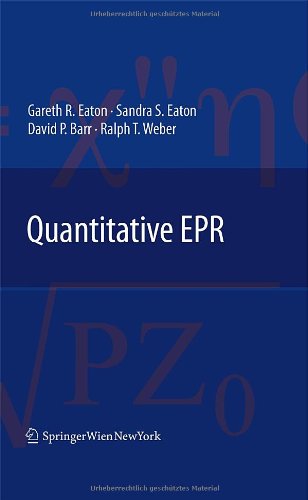

Most ebook files are in PDF format, so you can easily read them using various software such as Foxit Reader or directly on the Google Chrome browser.
Some ebook files are released by publishers in other formats such as .awz, .mobi, .epub, .fb2, etc. You may need to install specific software to read these formats on mobile/PC, such as Calibre.
Please read the tutorial at this link: https://ebookbell.com/faq
We offer FREE conversion to the popular formats you request; however, this may take some time. Therefore, right after payment, please email us, and we will try to provide the service as quickly as possible.
For some exceptional file formats or broken links (if any), please refrain from opening any disputes. Instead, email us first, and we will try to assist within a maximum of 6 hours.
EbookBell Team

0.0
0 reviewsThis is the first comprehensive yet practical guide for people who perform quantitative EPR measurements. No existing book provides this level of practical guidance to ensure the successful use of EPR. There is a growing need in both industrial and academic research to provide meaningful and accurate quantitative EPR results. This text discusses the various sample, instrument and software related aspects required for EPR quantitation. Specific topics include: choosing a reference standard, resonator considerations (Q, B1, Bm), power saturation characteristics, sample positioning, and finally, putting all the factors together to obtain an accurate spin concentration of a sample.